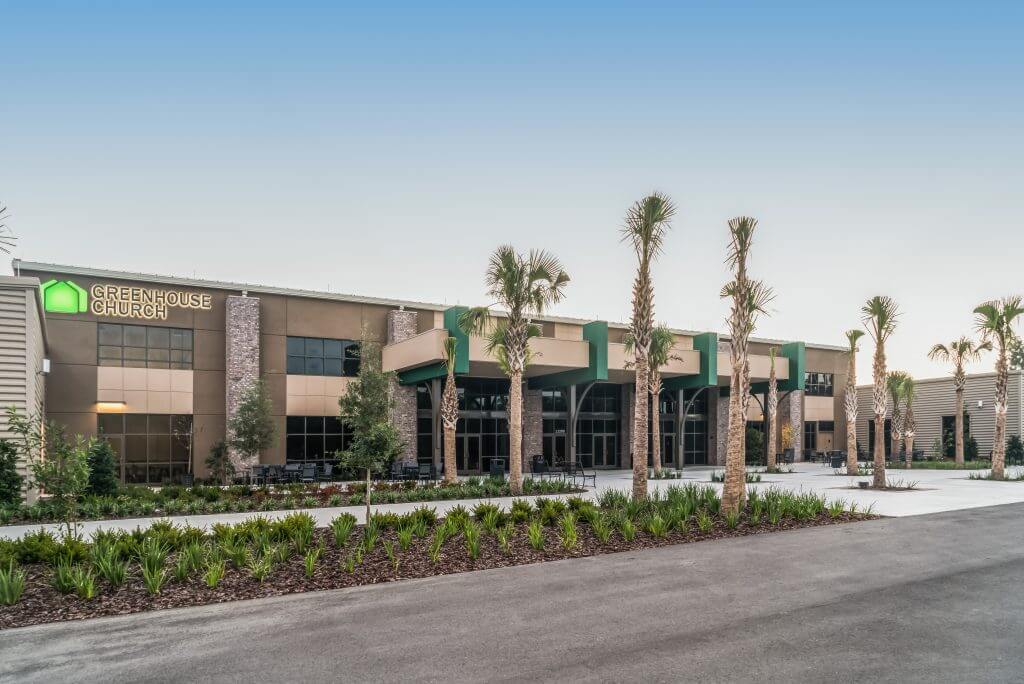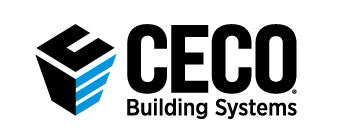State of the Metal Building Industry
Posted on January 29, 2020 by Ceco Building SystemsMetal building systems have been part of the American construction scene for well over 60 years. During that time, the people, companies, processes, products, and perceptions have all evolved and matured. As it stands now, a substantial portion of all low-rise commercial buildings in the United States are constructed using metal building systems. That is good news for anyone involved with this dynamic industry. However, the past is simply the foundation of the present and the launching point for the future. So, where is the industry today as we begin 2020? To gain some insight, we look to the Metal Building Manufacturers Association (MBMA), which is the not-for-profit trade association representing metal building manufacturers (including Ceco and our affiliated companies). In their recently released annual report, MBMA cites some key areas that are impacting the industry and prompting proactive efforts to address them across the country.
- Accreditation: It is the norm for manufacturers of metal building systems to be accredited under the International Accreditation Service (IAS) standard AC472. All MBMA member facilities are accredited under this standard (a membership requirement), which sets metal buildings apart from other types of construction with a demonstrated, ongoing commitment to quality control that includes independent inspection oversight. This standard is regularly reviewed and consistently updated to raise the bar for assuring high-quality products and full code compliance.
- Architectural Design: Metal building systems are being used in virtually all types of low-rise commercial, industrial, agricultural, and institutional buildings. There is no longer a “typical metal building,” because every one is custom designed and engineered to suit the needs and aesthetic preferences of owners, architects, and users. There are plenty of examples and case studies to look at, but the current trend is in more diversity of design and a broader use of these systems.
- Education: While industry experts may be up to speed on metal building systems, there are many who can learn from the decades of experience available. In particular, there are now programs for current and future architects and engineers to learn more about the general and specific aspects of metal building systems. These take the form of online continuing education courses for design professionals, capstone courses for students, and online webinars and seminars available through YouTube or directly from MBMA. This ongoing focus on education is expected to bolster and support the architectural and engineering community in designing and specifying even more metal building systems.
- Energy Codes: All buildings need to comply with energy code requirements. The unique nature of using a metal building system requires attention to the ways code compliance can be achieved or exceeded using established fabrication and construction methods. Hence, members of the industry continue to participate with national code regulators (i.e., the International Code Council, ASHRAE, etc.) to accurately define the parameters and methods that are both energy appropriate and constructible. This collaboration is expected to continue as the energy codes develop and evolve around both insulation levels and air infiltration control.
- Resiliency: Many geographic areas are experiencing severe weather or natural events that challenge the integrity of metal buildings. Since metal building systems are engineered to meet specific conditions, there is an increased trend to design building construction assemblies and details that properly resist the effects of seismic activity, fire, high wind, hail, heavy rain, and other extreme conditions. The metal building industry is rising to these challenges and meeting them head on.
- Jobsite Safety: Protecting workers in construction is a concern of any organization involved in the building industry. This issue is applicable both in metal building manufacturing plants and on site. Steps taken to increase jobsite safety include providing training, workshops, webinars, and award programs that promote, educate, and recognize good safety practices.
- Sustainability: It has become an industry expectation with buildings of all types that sustainability is literally built in to every project. The MBMA is providing tools for manufacturers to assess, test, and demonstrate with complete transparency the sustainability of steel products. The fact that most metal buildings currently contain a high degree of recycled steel content helps meet this goal, as do other aspects of metal building systems that are regularly being expanded and enhanced.
- Technical Research: Metal building systems continue to evolve and become more sophisticated in their engineering, design, and assembly. Ongoing research sponsored by MBMA and others is helping to define best practices, improve safety, and deliver even better value moving forward.
To find out more about how the current, advanced state of the metal building industry can help with a building that you are involved with, see the Ceco website or contact your local Ceco representative.


